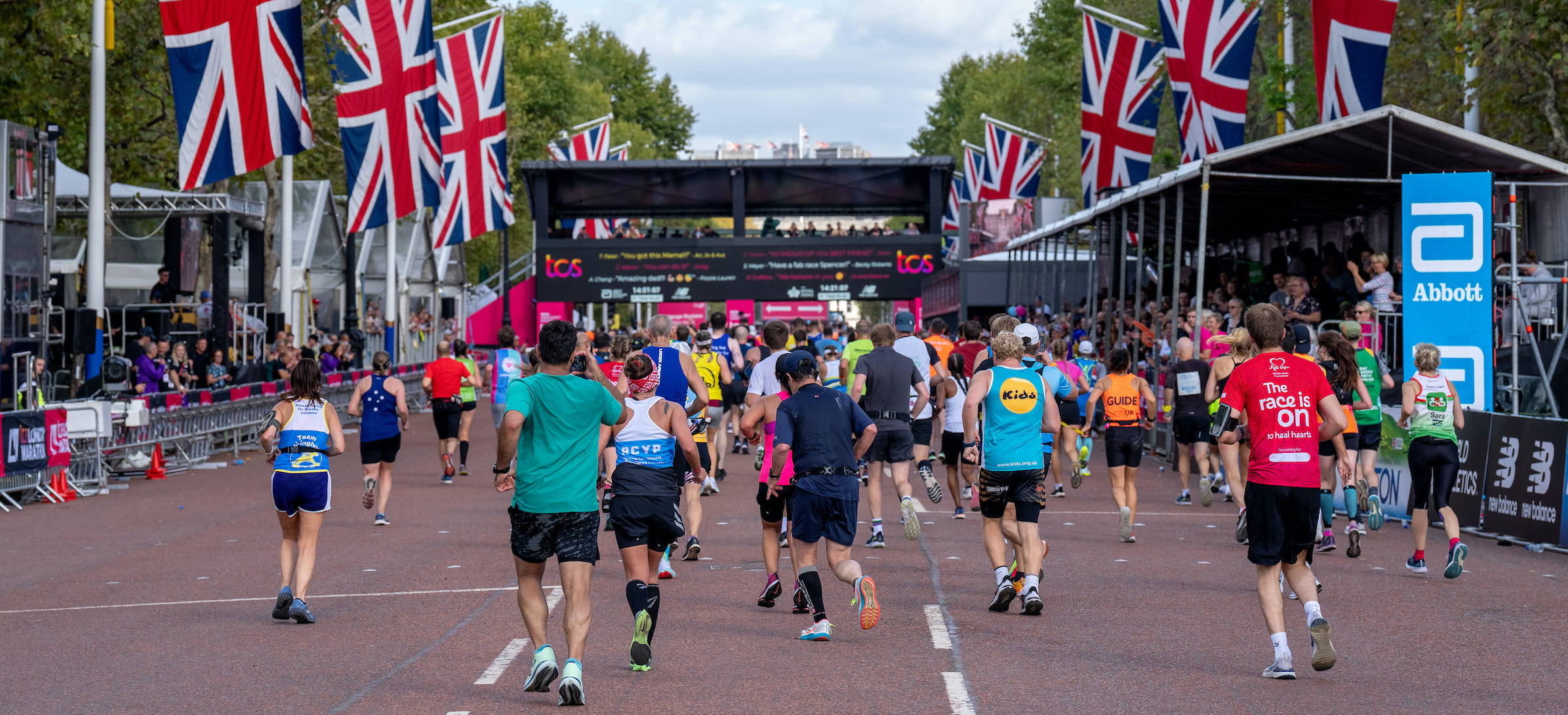How to feel fit and healthy on the Start Line
It’s often said that the toughest part of a marathon is the training rather than the event itself – and, as coach Sam Murphy explains, that certainly holds true when it comes to injury risk.
Studies show that more than a third of runners sustain injuries while preparing for their 26.2 miles. In my experience, most of these injuries result from overuse (doing too much) or misuse (not doing it right). But that’s good news, because it means that, with the right approach to training, these errors can be avoided, maximising your chances of making it to the Start Line in one piece.
1. Ease in gently
By far the most common mistake among first-time marathoners (and new runners in general) is trying to achieve too much, too soon – both in terms of the overall volume of running and the rate of progression. If you’re new to running (or a ‘rusty’ returner to the sport), aim to run on just three non-consecutive days of the week to begin with. Your runs should not feel like near-death experiences – run at a pace that feels comfortable and that gets you a little breathless and warm. If you need to mix bouts of walking and running, no problem.
2. Make haste slowly
Once this starts feeling more manageable, you can gradually make your training more challenging by adding what coaches call ‘progressive overload’. The ‘overload’ is the training itself and ‘progressive’ means only increasing it in small doses.
There are three options, and you can remember them with the acronym FIT:
- F is for frequency and refers to how often you run
- I is for intensity and is related to how hard you run
- T is for time, ie how long you run for (or how many miles you cover)
Work on increasing the time and frequency before worrying about intensity. The general rule is to increase your weekly mileage by no more than 10 per cent at a time – but don’t feel you have to raise your mileage every week. Listen to your body.
3. Build in rest and relaxation
It is during rest, not running, that your body adapts to your training, becoming fitter and stronger. If you don’t rest enough, then you’ll never allow your body to adapt fully and reap the full benefits of your training. That’s why it is best to schedule in rest days – and recovery weeks – from the outset.
Structure your training using the ‘hard-easy rule’, which means following your most challenging runs with either rest days or easy runs, so they are spaced out through the week.
By ‘challenging’, I mean anything faster than your target-race pace (so tempo runs, intervals, hills, speedwork), as well as your long runs, where the challenge comes from the duration, not the intensity.
You also need to take regular recovery weeks (every three to five weeks), where you scale back your mileage. I often do this by omitting the long run or reducing the volume of higher-intensity sessions. These cutback weeks allow you to recuperate physically and mentally.
4. Watch your running technique
No one ever teaches us how to run – we just put one foot in front of the other and assume we’re doing it right. But there’s a growing interest in the issue of running technique or ‘form’ and a belief that good form can not only enhance performance, but reduce the risk of injury.
Visualise yourself running tall (rather than sinking into your pelvis) with an upright posture, but stay relaxed and fluid.
Keep your rhythm (cadence) fast and light and drive forward with your knees and back with your elbows.
I do a mental ‘body scan’ to check my form every mile or so when running. Are my shoulders hunched? Has my leg lift become a shuffle? Are my feet landing heavily? Even if you start off running with good technique, it’s likely to deteriorate as you tire. A body scan will help you maintain awareness and make any necessary adjustments.
5. Mix up your training
Not every session you do in your marathon build-up has to be running. Including some cross-training, such as cycling, rowing or gym training, is wise, especially if you’re a running newbie or injury prone. It enables you to achieve a high volume of training without overdoing things.
To make cross-training sessions count, have a purpose in mind before you start and structure the session in the same way you would a run. For example, you could replace a long run with a long bike ride, a recovery run with a gentle swim or a hill session with a workout on the step machine.

